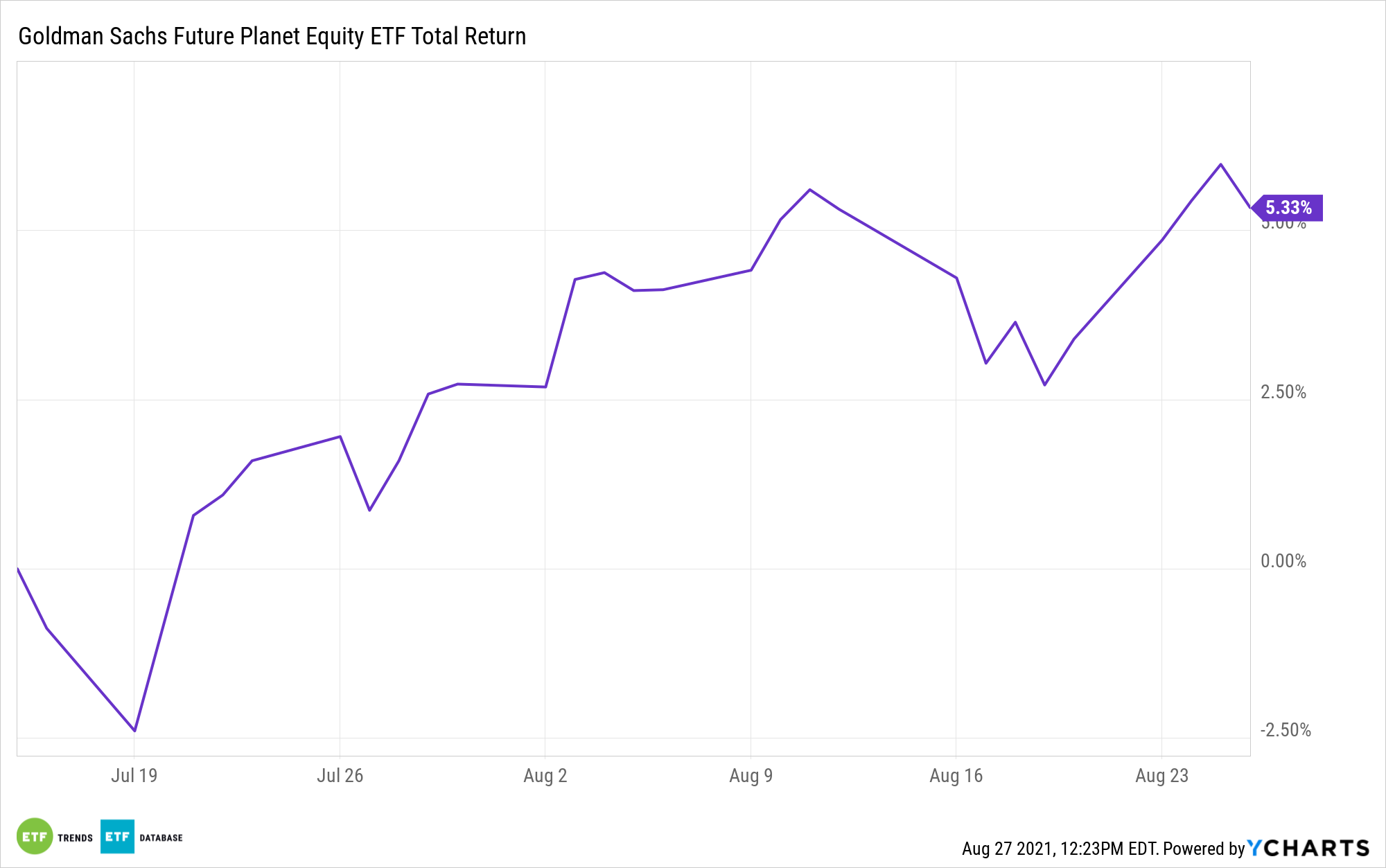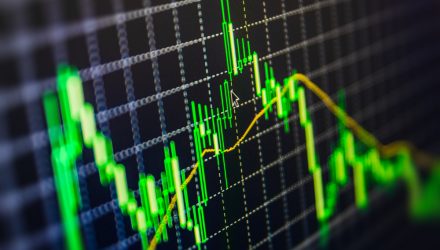As the universes of environmental, social, and governance (ESG) and sustainable investing options expand, investors are clamoring for more clarity.
That’s understandable, because ESG and sustainability scoring standards differ wildly among fund issuers and index providers, putting a premium on easy-to-understand, straightforward methodologies in this space. Enter the Goldman Sachs Future Planet Equity ETF (GSFP).
As its name implies, GSFP is focused on sound environmental investments, including those that provide exposure to the fight against climate change. There’s something to be said for that focus because regarding ESG, the “E” is easy to define and to understand, but there’s significant fluidity and debate surrounding how investments can adequately involve social and governance issues.
GSFP’s environmental focus also helps steer investors away from the labeling problem in this category because, well, GSFP isn’t part of that problem. It’s part of the solution.
“One simple indicator may illustrate the impact of the labeling problem: A revision in Europe tightening the rules for the use of the ESG label dropped the value of ESG investment by $2 trillion between 2018 and 2020, even after accounting for the increase due to new issues,” writes Antonio Vives for GreenBiz.
While that example clearly pertains to Europe, the labeling issue is relevant in the U.S. too. Plenty of advisors and institutional investors are expressing willingness to embrace ESG and sustainable strategies, but questions arise when funds appear to be too “greenwashed” or are home to stocks that don’t readily strike end users as ESG-compliant or sustainable.
GSFP is an actively managed fund, meaning it can avoid many of the aforementioned pitfalls. By not being constrained by an index, GSFP’s managers can sharpen the fund’s focus to accomplish the objective of environmentally friendly investing.
That’s an important trait for investors because regulators are limited in their ability to force fund issuers to live up to ESG credibility.
“Securities market regulators can only contribute to addressing the first issues, definition, disclosure and transparency about the accepted components of ESG. But they cannot really address the other three: how much is good enough, tradeoffs and valuations of negative contributions. It is outside their scope,” adds GreenBiz.

For more news and information, visit the Future ETFs Channel.
The opinions and forecasts expressed herein are solely those of Tom Lydon, and may not actually come to pass. Information on this site should not be used or construed as an offer to sell, a solicitation of an offer to buy, or a recommendation for any product.

